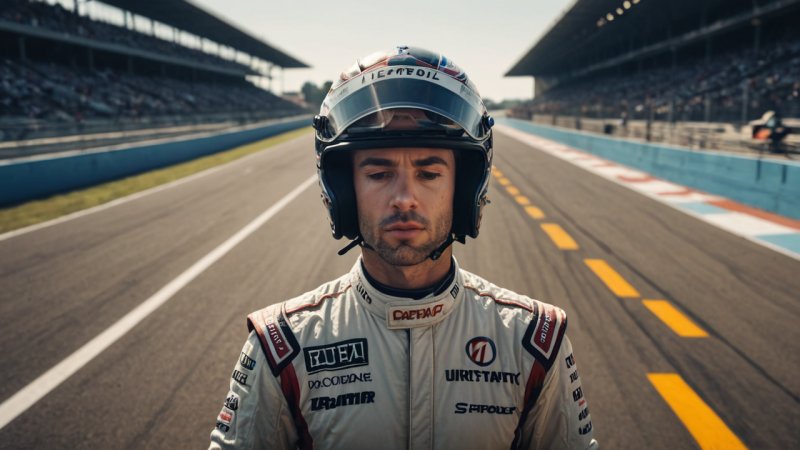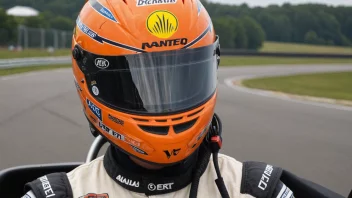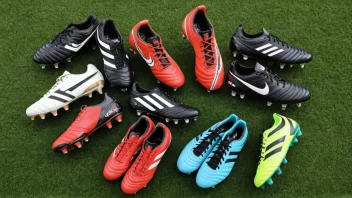In the high-stakes world of motorsports, where milliseconds can determine victory or defeat, athletes are constantly seeking ways to improve their performance. One powerful technique that has gained traction among professional racers is mental visualization. This practice involves creating vivid mental images of race scenarios, which can enhance focus, boost confidence, and improve overall performance on the track.
Mental visualization is not just about daydreaming; it’s a structured process that requires practice and discipline. By visualizing specific aspects of a race, such as cornering techniques, braking points, and overtaking maneuvers, drivers can prepare their minds and bodies for actual racing conditions. Here are some key points that highlight the significance of mental visualization in racing:
- Improved Focus: Visualization helps racers maintain concentration during a race. By mentally rehearsing their strategies and the track layout, drivers can minimize distractions and stay focused on their performance.
- Enhanced Confidence: Seeing oneself succeed in their mind can lead to increased self-belief. When racers visualize crossing the finish line or executing a perfect turn, they build confidence that translates into real-life performance.
- Stress Reduction: The pressure of competition can be overwhelming. Visualization techniques can help drivers manage anxiety by mentally preparing them for high-pressure situations, allowing them to remain calm and collected during the race.
- Muscle Memory Development: Mental practice can reinforce physical skills. By vividly imagining the movements required for driving—like steering, shifting, and braking—racers can enhance their muscle memory, making those actions more instinctive during races.
- Strategic Planning: Racers can use visualization to devise and rehearse race strategies. By mentally navigating the track and anticipating competitors' actions, drivers can create effective plans that maximize their chances of success.
To effectively incorporate mental visualization into training, racers should establish a routine. This could involve setting aside time before each practice session or race to visualize their performance. It's essential to find a quiet space, close the eyes, and create a detailed mental picture of the entire race, including potential obstacles. This practice should be consistent, as repetition will strengthen the mental pathways associated with racing performance.
Moreover, many elite athletes use techniques such as guided imagery or meditation to enhance their visualization practice. Integrating these methods can provide additional benefits, such as increased relaxation and heightened mental clarity.
In summary, mental visualization is an invaluable tool for racers looking to elevate their performance while ensuring safety on the track. By improving focus, enhancing confidence, reducing stress, developing muscle memory, and allowing for strategic planning, this technique empowers athletes to perform at their best. As motorsports continue to evolve, integrating mental visualization into training regimens could prove to be a game-changer for aspiring and professional racers alike.






